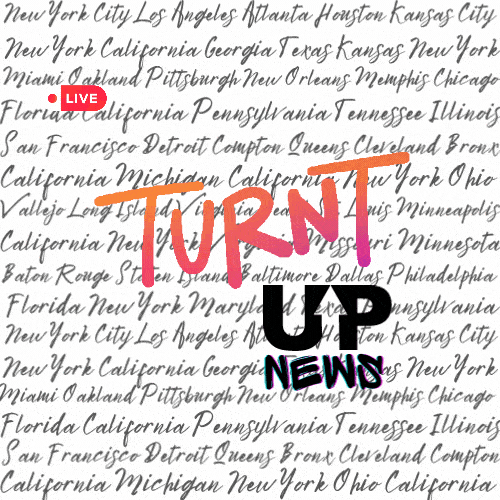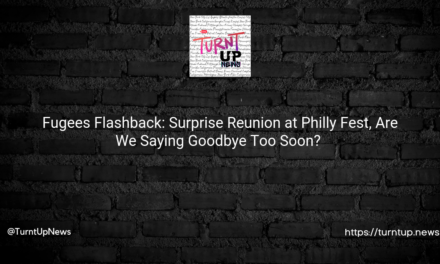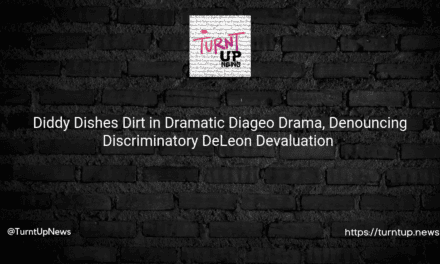🕵️♀️ Unmasking St. Louis’ Spooky Past with Radioactive Waste: A Twisted Tale in Five Acts 🎭
TL;DR; 📝
Did you know St. Louis, besides its gateway arch and toasted ravioli, has a history tainted by radioactive waste? We’re diving into a saga dating back to the World War II era where officials might have prioritized a faster atomic bomb over public safety. 😱 Decades later, the remnants of radioactive waste are still making headlines. A ‘cool’ history lesson, or a chilling testament to governmental negligence? Let’s dive in and you decide. 😉
Story 🗞️
Set the scene – it’s the 1940s and the race to build an atomic bomb is in full swing. St. Louis played a critical role, but the dark side of this involvement is now surfacing with documents revealing St. Louis’ radioactive love affair. 💔
Did you know that a company refining uranium for the Manhattan Project (a.k.a, the atomic bomb squad) knew as early as 1949 about potential radioactive pollution in Coldwater Creek? 🏭🌊 Our hero (or villain?), Mallinckrodt Chemical Works, stored barrels of radioactive waste in St. Louis airport. Despite knowing the aging drums could leak into the creek, they chose inaction, deeming moving the drums more dangerous for workers. 💼😷 Safety first? Or a game of radioactive Russian roulette?
Fast forward to 1976, a federal survey highlighted alarming levels of contamination drifting into Coldwater Creek, courtesy of rainwater eroding the storage site. Test results revealed excessive radionuclides in creek sediment, but apparently, the water was ‘within permissible levels.’ 🧪📊 But let’s ponder this – would you risk a dip in the creek knowing what lies beneath?
Post-World War II, the Atomic Energy Commission sought to sell the radioactive waste. The buyer? The Cotter Corp, which after being denied permission to dump the waste in a quarry, decided on the free, and rather illegal, solution of the West Lake Landfill. 🗑️ A quick fix or an environmental ticking time bomb? 🕰️
In the 1970s, federal officials, armed with a helicopter flyover test, insisted that the West Lake Landfill contamination was confined to just two areas. But this spring, the EPA dropped a bombshell 📣 – the contamination was more widespread than initially claimed. Would you call it a shocking revelation or an inevitable reality check?
And the finale? Expect the plot to thicken in the coming years. A Washington University researcher’s study indicates radium activity at the West Lake Landfill is likely to increase, making the health and environmental hazards exponentially worse over the next 200 years. 😰
So, we’ve got to ask: A city’s historical involvement in the race to the atomic bomb, was it worth the radioactive fallout? 🤔 Are we prepared to handle the increasing radium activity? And how should we confront the ghosts of our radioactive past to ensure a cleaner, safer future? 🌎 Over to you, Turnt Up News readers! 💬





